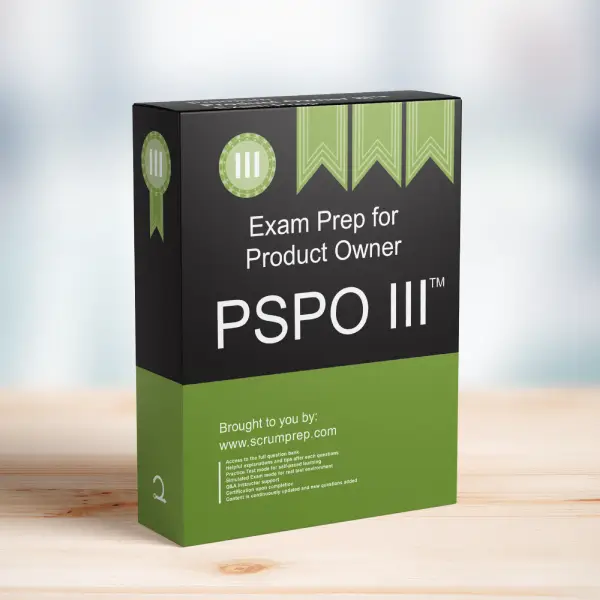The Importance of Quality Validation Within Every Sprint
For a new Scrum Team, understanding the importance of validating quality within each Sprint is crucial. Scrum promotes a commitment to delivering high-quality, potentially shippable products at the end of every Sprint, and this includes the validation of quality as an integral part of the development process.
Exam Question
A new Scrum Team wonders whether validation of quality should be done within every Sprint.
Are there benefits of including validation of quality within the Sprint’s development activities?
Explain what Scrum says about this.
Explanation
Benefits of Including Quality Validation in Every Sprint
- Ensures Continuous Delivery of High-Quality Increments:
Significance: Incorporating quality validation within each Sprint ensures that the product increment delivered at the end of the Sprint meets the agreed-upon Definition of Done. This practice helps to maintain a consistent level of quality and prevents the accumulation of technical debt.
Example: By continuously validating quality through practices such as automated testing, code reviews, and user acceptance testing, the team can identify and address defects early, reducing the risk of releasing a product with critical issues. - Enables Early Detection and Resolution of Issues:
Significance: Validating quality within each Sprint allows the team to detect and resolve issues as they arise, rather than waiting until the end of the project. This proactive approach minimizes the impact of defects and reduces the cost and effort required to fix them.
Example: If a defect is identified during a Sprint, the team can address it immediately, ensuring that the final product increment is of high quality and ready for release. - Supports Empirical Process Control:
Significance: Scrum is based on empirical process control, which relies on transparency, inspection, and adaptation. By validating quality within each Sprint, the team can inspect the quality of the product increment and adapt their approach as needed to ensure continuous improvement.
Example: Regular validation of quality provides the Scrum Team with valuable feedback that can be used to refine their development practices, improve efficiency, and enhance the overall quality of the product.
What Scrum Says About Quality Validation
Scrum emphasizes the importance of delivering a potentially shippable product increment at the end of every Sprint. This means that the increment must be of high quality, fully tested, and meet the Definition of Done. Quality validation is not an optional activity; it is an integral part of the development process within each Sprint.
- Definition of Done: According to Scrum, the Definition of Done is a shared understanding of what it means for work to be complete. It includes all criteria that must be met before a Product Backlog item is considered done, such as coding, testing, and documentation. Validation of quality is essential to ensuring that the increment meets the Definition of Done.
- Continuous Integration: Scrum encourages practices such as continuous integration, where code is integrated, tested, and validated frequently within the Sprint. This helps to ensure that the product increment is always in a potentially shippable state.
- Sprint Goal: The Sprint Goal is a commitment by the Scrum Team to deliver a specific outcome by the end of the Sprint. Quality validation is critical to achieving the Sprint Goal, as it ensures that the product increment meets the required standards and is ready for release.
Relevance to the PSPO III Exam
For Product Owners preparing for the PSPO III exam, understanding the role of quality validation in Scrum is essential. This knowledge demonstrates an advanced understanding of Scrum’s emphasis on delivering high-quality, potentially shippable increments at the end of each Sprint.
Key Takeaways
- Continuous Quality Validation: Incorporating quality validation within each Sprint ensures the delivery of high-quality increments and prevents technical debt.
- Early Issue Detection: Validating quality early and often helps the team detect and resolve issues before they become significant problems.
- Empirical Process Control: Quality validation supports Scrum’s empirical process control by enabling inspection and adaptation within each Sprint.
Conclusion
Quality validation is a critical aspect of the Scrum framework, ensuring that the product increment delivered at the end of each Sprint meets the required standards. By incorporating quality validation into the development activities of each Sprint, Scrum Teams can deliver high-quality products, minimize risks, and achieve their Sprint Goals. For more insights on quality validation in Scrum and to prepare for the PSPO III exam, visit our PSPO III Exam Prep.



